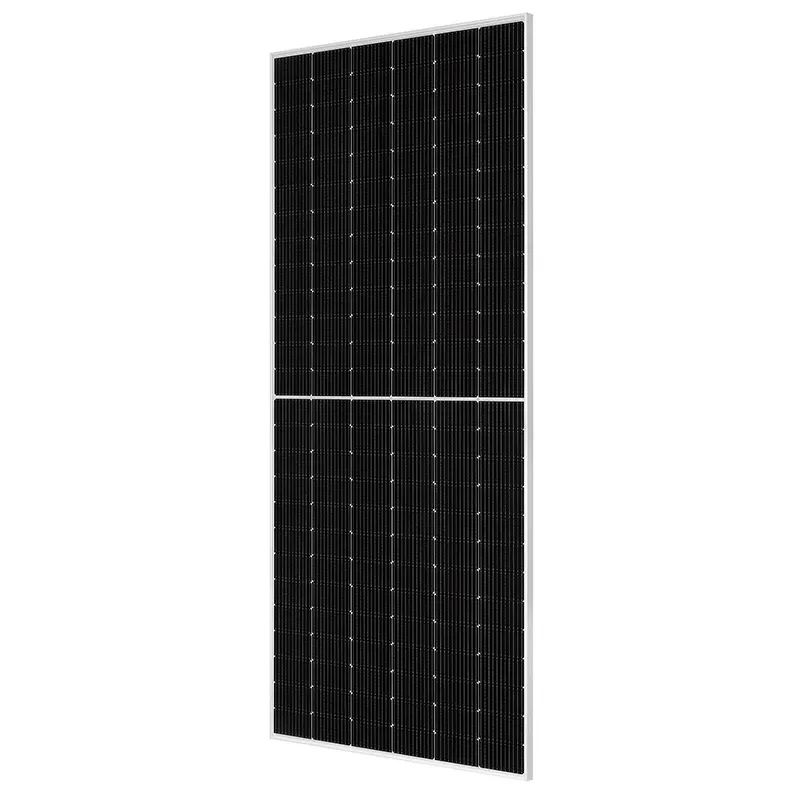solar panel size for rv
Choosing the Right Solar Panel Size for Your RV
When it comes to traveling in an RV, one of the most crucial topics to consider is the energy system that will power your appliances and devices. Solar energy is becoming increasingly popular among RV enthusiasts due to its sustainability, efficiency, and independence from traditional power sources. However, selecting the right solar panel size for your RV can be a daunting task. In this article, we’ll guide you through some key considerations to help you make informed decisions about solar panel sizing.
Understanding Your Power Needs
The first step in determining the appropriate size of solar panels for your RV is to assess your power consumption. Consider all the appliances and devices you'll be using, such as lights, refrigerators, fans, laptops, and other electronics. To get a clearer picture, create a list of each device and its power usage measured in watts.
Once you have the wattage of each device, estimate how many hours per day you plan to use them. For example, if your total usage is 500 watts and you expect to run your devices for about 5 hours a day, your daily energy requirement would be 2,500 watt-hours (Wh).
Sizing Your Solar Panel System
solar panel size for rv

After estimating your daily energy needs, the next step is to calculate the size of the solar panel system required to meet those needs. A common rule of thumb is to allocate about 100 watts of solar power for every 100 amp-hours (Ah) of battery capacity you have. For those who are considering a full-time RV lifestyle, a system that generates between 300 to 800 watts of solar energy is typically sufficient.
To estimate how many panels you’ll need, divide your total daily watt-hours by the average daily sunlight hours available at your location. In most regions, this averages between 4 to 6 hours. For example, if you need 2,500 Wh per day and have 5 hours of sunlight, you would require a solar panel array capable of producing 500 watts (2,500 Wh / 5 hours = 500 watts).
Practical Considerations
When choosing solar panels, consider their physical dimensions and weight, as space might be limited on your RV roof. Monocrystalline panels are more efficient and take up less space than polycrystalline panels, but they can be more expensive. Additionally, think about the mounting options, wiring, charge controllers, and battery compatibility to ensure a well-rounded solar system.
Conclusion
In summary, selecting the right solar panel size for your RV involves understanding your power requirements, calculating the necessary solar output, and considering practicality in terms of space and budget. With a proper setup, you can enjoy the freedom of the open road while harnessing the sun’s energy to power your adventures. Embrace solar energy and create a more sustainable and enjoyable RV experience.
-
Understanding the Advantages of Solar String Inverters for Your Energy SystemNewsApr.29,2025
-
Choosing the Right PV Inverter: A Comprehensive GuideNewsApr.29,2025
-
The Future of Solar Power: Exploring Bifacial Solar PanelsNewsApr.29,2025
-
The Complete Guide to Solar Panels: Efficiency, Cost, And InstallationNewsApr.29,2025
-
The Best Options for Efficiency and Cost-EffectivenessNewsApr.29,2025
-
Harnessing the Power of Off-Grid Solar Inverters for Energy IndependenceNewsApr.29,2025







